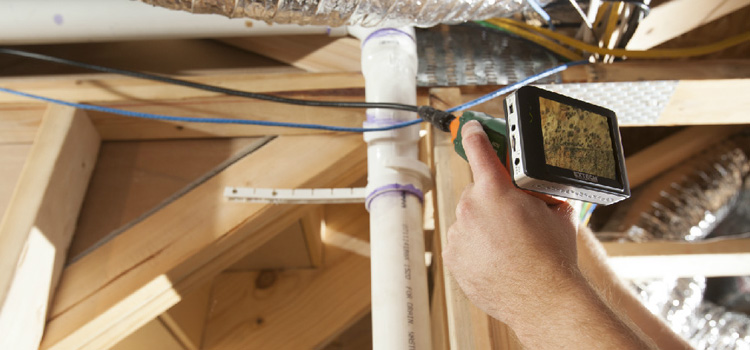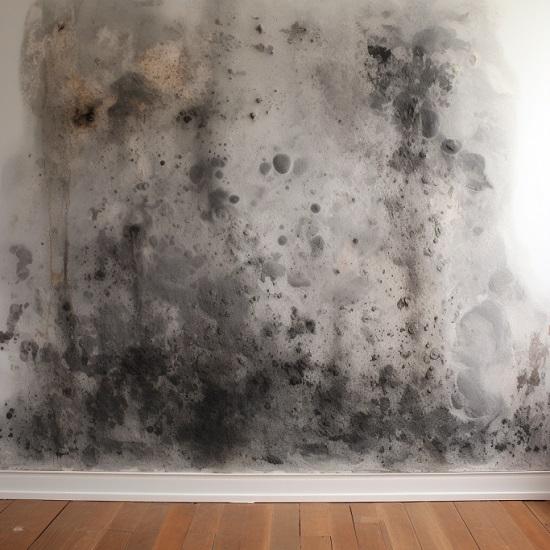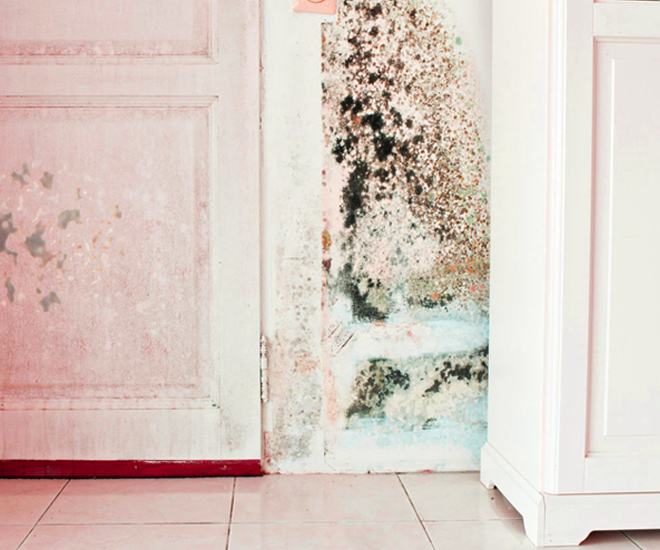Comprehensive Post Mold Remediation Procedures
Comprehensive Post Mold Remediation Procedures
Blog Article
Your Ultimate Guide to Article Mold And Mildew Removal Methods
Navigating the realm of post-mold removal methods is a careful process that demands attention to detail and a comprehensive understanding of the details entailed. In the results of mold and mildew invasion, understanding exactly how to properly eradicate the mold and mildew and avoid its reoccurrence is critical for maintaining a healthy interior atmosphere. From selecting the appropriate cleansing and decontaminating techniques to executing strategies for long-lasting mold avoidance, each action in the removal trip plays an important duty in making sure a successful end result. As we get started on this exploration of post-mold removal methods, we will reveal the essential strategies and ideal techniques that can assist you recover your area to its pre-mold problem and guard it against future mold and mildew risks.
Recognizing Post-Mold Remediation Refine
After completing the mold remediation process, it is important to recognize the post-mold remediation techniques that are necessary to ensure a comprehensive and efficient clean-up. As soon as the mold has been gotten rid of, the next step involves cleaning and disinfecting the impacted locations to stop any regrowth of mold. This includes using specialized cleansing representatives to wipe down surface areas and kill any type of staying mold spores. It is necessary to dry the location totally to prevent the growth of mold in the future (Post Mold Remediation). Proper ventilation and dehumidification can help in this procedure.
Additionally, conducting a final inspection post-remediation is important to ensure that all mold has been successfully gotten rid of. If the inspection exposes any lingering mold, added remediation may be necessary.
Reliable Cleansing and Sanitizing Approaches

Stopping Future Mold Growth

Relevance of Appropriate Air Flow
Appropriate ventilation plays a crucial duty in stopping dampness accumulation, an essential consider mold development within indoor atmospheres. Efficient ventilation systems aid eliminate excess humidity from the air, lowering the opportunities of mold spores locating the wetness they require to spread and sprout. Without adequate air flow, indoor rooms can end up being a reproduction ground for mold, bring about prospective wellness risks and architectural damages.
By making certain proper air blood circulation, ventilation systems can likewise aid in drying damp areas quicker after water damage or flooding occurrences, additionally deterring mold development. Post Mold Remediation Report. In rooms like shower rooms, kitchen areas, attic rooms, and cellars where moisture degrees often tend to be greater, mounting and keeping reliable air flow systems is important in preventing mold invasions

Monitoring and Upkeep Tips
Offered the important function that proper ventilation plays in stopping mold growth, it is important to establish reliable monitoring and upkeep ideas to guarantee the ongoing performance of ventilation systems. Routine evaluations of air flow systems ought to be conducted to examine for any indications of blockages, leakages, or malfunctions that can hinder correct air flow. Monitoring humidity degrees within the building is likewise crucial, as high moisture can add to mold and mildew development. Setting up a hygrometer can aid track moisture levels and sharp homeowners to any type of spikes that may call for interest. Additionally, making sure that air filters are routinely cleaned up or replaced is necessary for maintaining the effectiveness of the air flow system. Applying a schedule for regular upkeep jobs, such as duct cleaning and cooling and heating system assessments, can aid prevent problems before they intensify. By remaining proactive and mindful to the condition of ventilation systems, home proprietors can effectively visit this page mitigate the risk of mold regrowth and maintain a healthy indoor atmosphere.
Final Thought
Finally, post-mold remediation techniques are essential for making sure a tidy and safe atmosphere. Understanding the process, implementing reliable cleansing and sanitizing methods, stopping future mold and mildew growth, keeping appropriate ventilation, and normal tracking are all critical actions in the remediation procedure. By complying with these standards, you can efficiently get rid of mold and mildew and avoid its return, promoting a healthy and balanced living or working space for all owners.
In the after-effects of mold invasion, understanding how to successfully eradicate the mold and mildew and stop its reoccurrence is extremely important for preserving a healthy and balanced indoor atmosphere. As soon as the mold has actually been eliminated, the following action includes cleaning and disinfecting the influenced areas to stop any regrowth of mold and mildew - Post Mold Remediation Report. After getting rid of visible mold development, it is essential to clean all surfaces my sources in the afflicted location to remove any staying mold and mildew spores. To even more improve mold and mildew avoidance measures, it is important to resolve underlying issues that at first led to mold advancement.Offered the vital duty that correct ventilation plays in protecting against mold growth, it is critical to develop effective tracking and maintenance ideas to Learn More Here make sure the ongoing performance of ventilation systems
Report this page